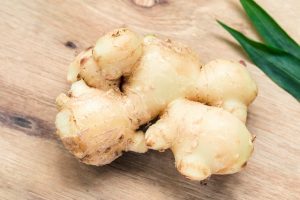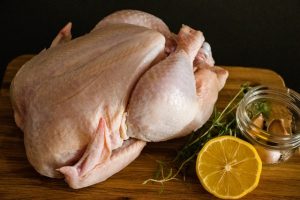Miththi’s love for saffron was so deep that many people were surprised to see him using the best quality of this expensive herb in his medicines, instead of selling it at high prices. He explained that a doctor’s duty is to cure his patient, and if he could not do so with pure saffron, then what was the use of mixing it with other herbs? Of course, there are times when you have to mix saffron with other herbs. But only under certain conditions.
Most doctors fail to understand the importance of purity of saffron in curing their patients and they tend to mix low-quality red color with saffron and sell it at exorbitant prices. They never reveal the fact that the real reason behind such mixtures is not the efficacy but their greed for profits.
This has been a common practice among quacks, who do not understand the importance of quality. It is true that low-quality saffron mixed with medicinal herbs helps in healing some diseases. But this fact does not mean that saffron must be mixed with other herbs to be effective; rather, it should be used pure. If it is mixed with other herbs and sold at such a high price, then it will definitely harm more
Saffron is a spice derived from the flower of the saffron crocus. Saffron has been cultivated for at least 3,000 years, and there are indications it was used even before that. It takes about 150,000 flowers to make one kilogram of saffron threads; so it’s no wonder that it was so valuable that its cost was equal to that of silver.
A pound of saffron threads can color more than five pounds of rice or seven pounds of meat. It has a strong, honey-like aroma and bitter taste but imparts a golden hue to anything it colors. It is used in Persian, Arabic and Indian cuisines.
The best-quality saffron comes from Iran, Kashmir and Spain. Good-quality saffron can be distinguished by its bright orange-red color with slight yellow tinge and an intense aroma.
Many commercially available sources are adulterated with marigold flowers or other cheaper substitutes.
The most expensive spice in the world, saffron is a key ingredient in many dishes and sauces. But not all saffron is the same. Some brands may be adulterated with fillers or substitutes such as turmeric.
Like other dried spices, saffron is vulnerable to oxidation, which can cause it to lose its color and flavor. Saffron’s delicate flavor comes from a chemical called crocin. Crocin’s flavor and aroma also degrade during storage.
To ensure you’re getting pure saffron, look for brands like Safran Bouquet by Gourmet Food Store, which is known for its high quality. You should also buy from reputable manufacturers that use packaging that protects the contents from light and moisture.
Saffron, the spice, is made from the stigmas of a purple flower. The plant is native to Greece and Asia Minor, but it’s now mainly grown in Spain and India.
The stigmas must be picked by hand, and they don’t keep well. So saffron is expensive.
Saffron threads are bright red when fresh, but they turn yellow as they age. Sometimes saffron is dyed with food coloring, and some Asian sellers mix in turmeric or other dyes to give their saffron a more orange color.
If you’re buying saffron in bulk, look for threads that are vivid red without any hint of yellow. If the threads are brittle or dry-looking you may have been sold fakes.
The threads should have a strong fragrance—some people say the aroma resembles honey or hay, while others say it’s more like perfume. If you don’t get a good whiff before you buy it, chances are it has been mixed with something else.
As with all spices and herbs, never buy saffron that has been ground or broken up. Grinding releases essential oils that evaporate quickly, and broken threads lose their pungency rapidly too. You want to buy whole
I love this pure saffron from Kashmir. It is from the saffron crocus and its uses are endless in cooking. I have been told that it is the best in the world. The reason is that there are many different grades of saffron and this one comes from the center of the flower, where all the nutrients are.
I am using it to add color and flavor to a dish I am making tonight for dinner with friends. It is my favorite dish and I make it often. It has a rich, smoky flavor that goes well with fish, so I am going to use it with some salmon filets I have thawed out in the fridge.
Each little box contains around four grams of spice, which is more than you need for a dish. But it’s very strong and this will last me for several months.”
Saffron comes from a flower, Crocus sativus, which is in the same family as the iris. The flowers must be picked by hand, and there are only three prime growing areas in the world: Spain, Italy and Iran. That makes it one of the most expensive spices by weight—and one of the most labor-intensive to harvest. Saffron has been cultivated for more than 3,500 years.


